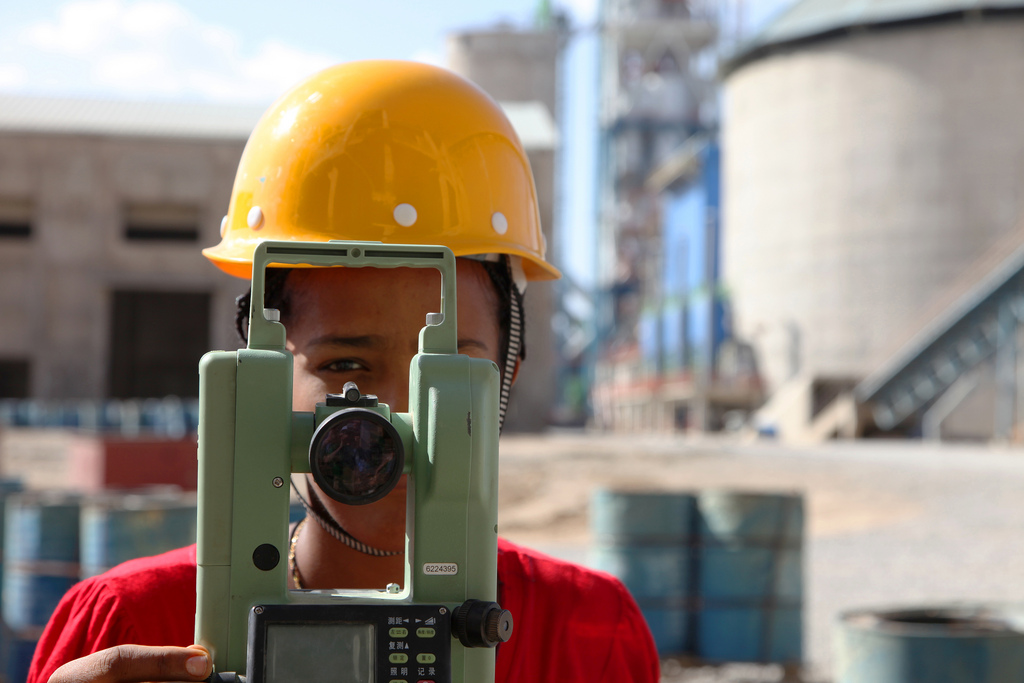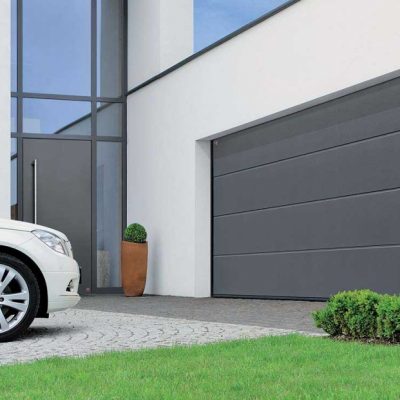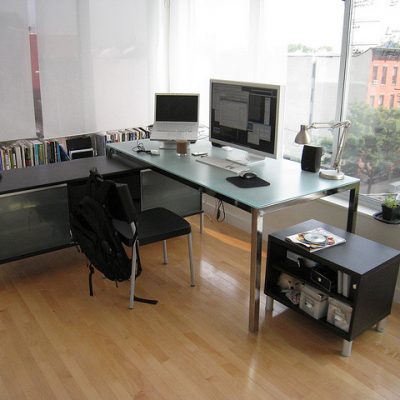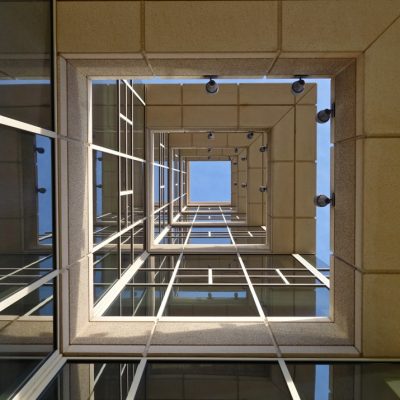Today there is increasing enthusiasm in many people about green technology. Green technology can be said to be undergoing a revolutionary transition. These developments have largely resulted in many people adopting energy-saving approaches such as the use of solar panels, foam insulators and parquet tiles.
The environmental issues we face today can only be tackled using this approach. The main question now is the sustainability of the green technology movement. Since going green is more about the journey than the destination, innovative green technology must undergo gradual trial and error to provide sustainable improvements.

Building Industry Reforms
Global warming caused by greenhouse gases is increasingly becoming a term synonymous with human life extinction. The key to averting such a scenario lies in timely and effective planning. Fortunately, the going green concept is being incorporated in major platforms and this is evident in the building industry.
It has undergone welcomed reforms with more focus on renewable or sustainable materials and technology. These reforms are aimed at reducing the effects of gases on the environment while providing energy sufficiency and cost efficiency. They apply to both initial building projects and renovating projects.
Surface Runoff Conservation
Green technology in the building industry is not limited to only energy conservation. It is an all-encompassing concept involving water conservation, solid waste recycling and basically all innovative methodologies to provide sustainability. A major conservation concern is the often wasted surface runoff.
To tackle this problem, pervious pavements are installed in order to absorb surface runoff and help in replenishing the diminishing underground water reserves. This technique when used in driveways, patios and sidewalks can be very effective especially in curtailing the heating island effect that is common in urban areas.
Water Conservation
Since water is essential to the operation of any building, its conservation cannot be more emphasised. Any green concept must be geared towards the same. One of the ways to go about this is through the use of toilets that utilise less water while provided the same hygienic standards. Modern toilet designs can use half as much water for flushing as the traditional conventional toilets.
Home appliances such as dish-washing and laundry machines are known to use a lot of water leading to large monthly utility bills. Energy star rated appliances should ideally perform the same tasks with minimal water wastages. Additionally, housing objects can employ water harvesting units such as rain tanks and barrels. This water can then be used for home purposes like car washing in order to conserve precious tap water.
Heat and Light Conservation
The high maintenance costs incurred by most buildings largely stem from the energy requirements of their daily operations. As such, the building industry has shifted its focus to energy star rated appliances. These appliances cost more to purchase and install but they are worth their value in terms of energy efficiency.
This largely applies to the air conditioning systems in buildings, where huge savings can be made in the long term through the application of green technology. Moreover, this has affected even the building lights. Nowadays incandescent light bulbs are being replaced with smart energy conserving lighting.




